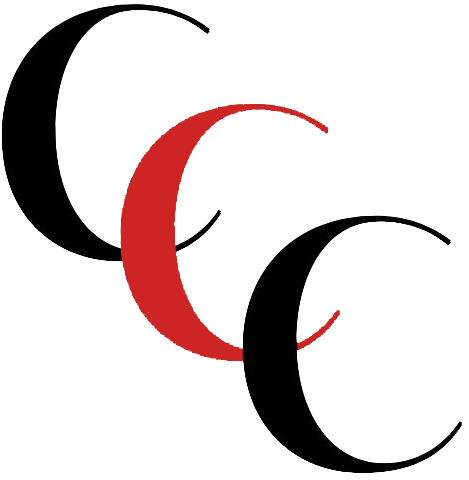Network graph: language flows (Source-Target) in the CCC
This network graph displays connections between source and target languages, as represented in the CCC. Each node represents a language present in the catalogue. The weight of the connecting arrows reflects the number of occurrences of a given language pair in the dataset. Click on any given language node to visualize translation flows into other tongues. You can also select a language in the dropdown menu on the top left.
Cluster Map of the complete CCC’s imprint locations
This map is a visualization of printing locations as they appear on the title pages of our catalogue entries (imprint_text). Click on any cluster-marker to discover further bibliographic information about the titles (author, translator, year).
Not surprisingly, London is by far the most important location for printed translations recorded in the CCC. The role of Amsterdam as a European printing hub is also visible, with a large cluster.
Indicated versus actual printing locations – Point Map
This visualization maps out the declared vs actual printing locations of translations. 27 titles in the CCC were in fact published in a different place than indicated on their title page. In the top right corner menu with the layers icon, you can select which printing location you want to display on the map.
Again, the central importance of London appears clearly on this map. We can also observe an overlap between actual and indicated imprint places. Although there was no official means of censorship in England after 1641, some Continental printing networks that had been instrumental in circulating forbidden books remained active throughout the period.
Point Map with number of titles per printing location
In this map, the size of each point corresponds to the number of titles in the CCC catalogue for a given location (i.e. actual location; false imprints have been corrected here). Clicking on the points will display the location name and the total number of translations printed there.
